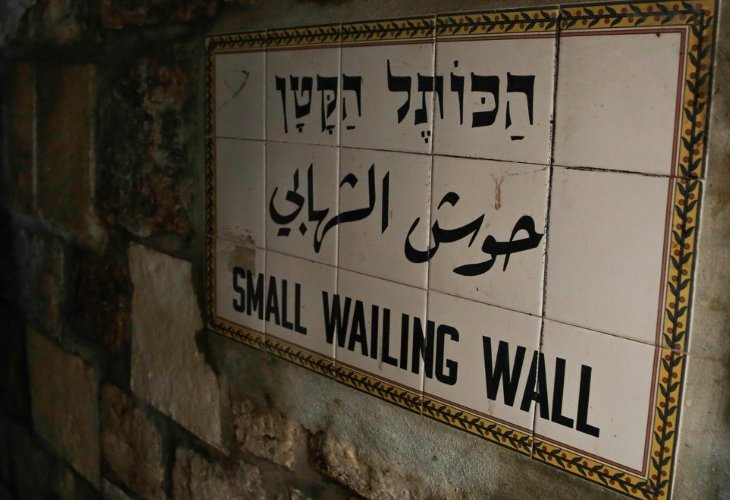Facts in Judaism
The Western Wall: A Timeless Symbol of Jewish Faith, Memory, and Prayer
Explore the sacred history, structure, and spiritual power of Judaism’s most enduring monument
 The Western Wall (Photo: Flash 90)
The Western Wall (Photo: Flash 90)The Heart of a Nation: Holiness and History
The Western Wall is the western retaining wall of the Temple Mount; one of four original walls that surrounded the Second Temple. As the closest accessible point to the Kodesh HaKodashim (Holy of Holies), it remains the most sacred site in Judaism. Unlike the other walls, it survived the Temple’s destruction and continues to serve as a powerful link to the spiritual heart of the Jewish people.
The Midrash Rabbah on Shir HaShirim teaches: “The Shechinah (Divine Presence) has never departed from the Western Wall.” While this originally may have referred to an inner wall of the Temple, the phrase has become closely tied to the Western Wall we know today, symbolizing Hashem’s enduring presence.
Prior to the Six-Day War in 1967, the Western Wall Plaza was a narrow alley within the Muslim Mughrabi Quarter, known as Al-Buraq. It measured approximately 92 feet long and just under 12 feet wide. After the liberation of Jerusalem, the area was cleared and expanded to its current size of 187 feet in length, becoming a central site for prayer, national gatherings, and reflection.
Structure, Stone, and Sacred Geography
The visible portion of the Western Wall in the prayer plaza stands roughly 105 feet high. The entire wall includes 45 layers of stone, 28 above ground and 17 hidden beneath the surface. Its construction spans generations: the lower and middle sections date back to the Second Temple, while upper layers were added during later Muslim periods and into the 20th century, revealing a layered legacy of continuity.
About 560 feet north of the main plaza lies the Kotel HaKatan (“The Small Kotel”), a lesser-known section of the Wall situated in a narrow alley near the Iron Gate in the Muslim Quarter. It stretches approximately 56 feet long and is accompanied by a small prayer space just over 13 feet wide.
To the southwest of the plaza is Robinson’s Arch, the remains of a magnificent staircase that once led to the Temple Mount. These ruins now rise about 50 feet long and 57 feet high, offering a rare architectural glimpse into the grandeur of the Temple complex. To the northwest is Wilson’s Arch, a vaulted structure from the Second Temple period that once supported a massive bridge. Today, it serves as a covered men’s prayer area, blending ancient architecture with living tradition.
Secrets Beneath the Stones
Below the Western Wall Plaza lies a labyrinth of sacred archaeology. The Western Wall Tunnels run beneath the Muslim Quarter, revealing the Wall’s concealed northern stretch. These subterranean passages wind through chambers and corridors that preserve centuries of Jewish history. Because of their proximity to the Temple Mount, they have also become a focal point of religious and political tension.
Within the tunnels is Warren’s Gate, uncovered in the 19th century by British archaeologist Charles Warren. This ancient gateway aligns closely with the site of the original Kodesh HaKodashim and dates to the Second Temple period. Though now sealed, it remains a quiet space of awe and heartfelt prayer.
The Western Wall is far more than a historical site. It is a symbol of Jewish perseverance, sanctity, and longing. Every stone echoes the voices of generations past. Every visit connects the present to the eternal. Through destruction and exile, hope and homecoming, the Western Wall stands firm, holy, and deeply alive.

